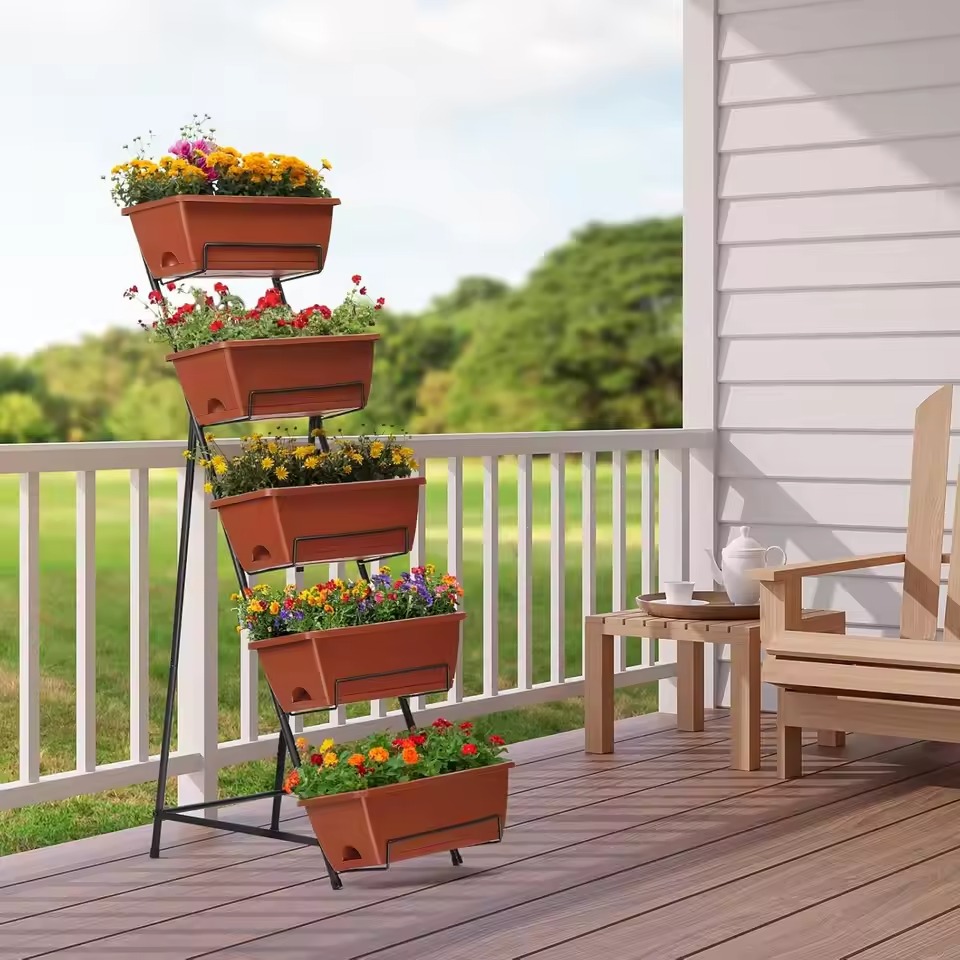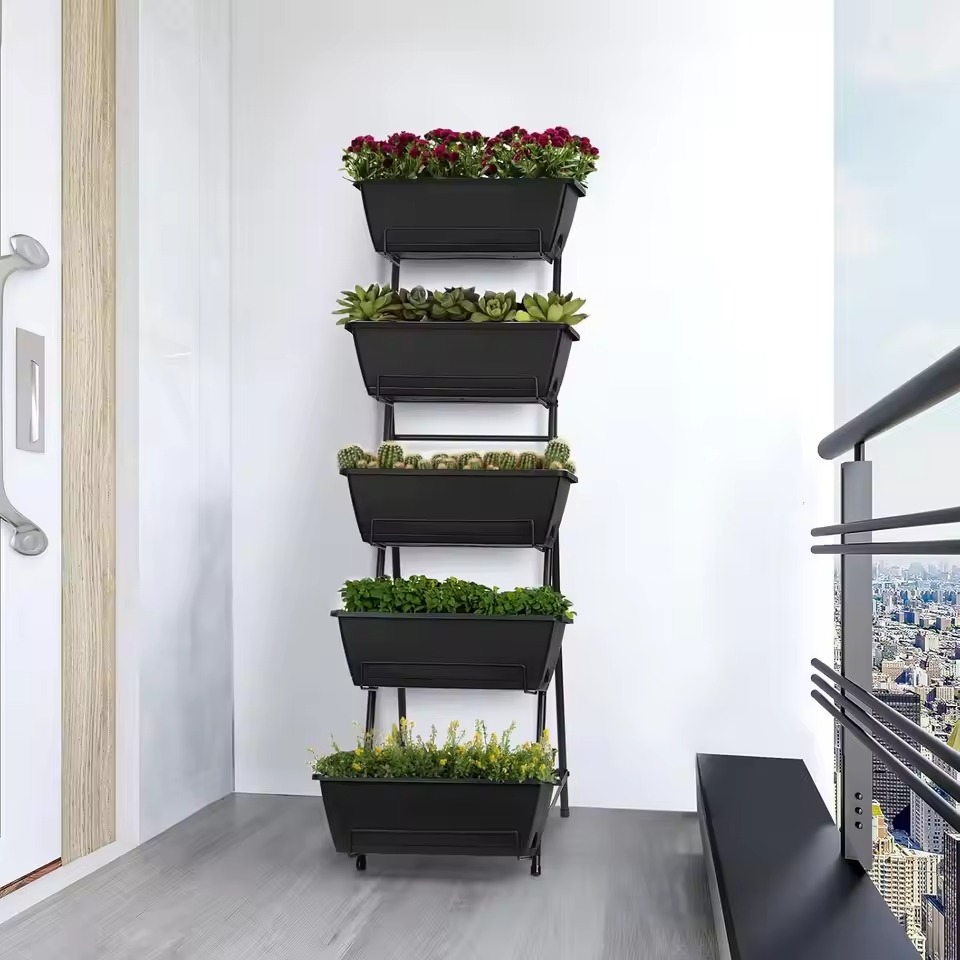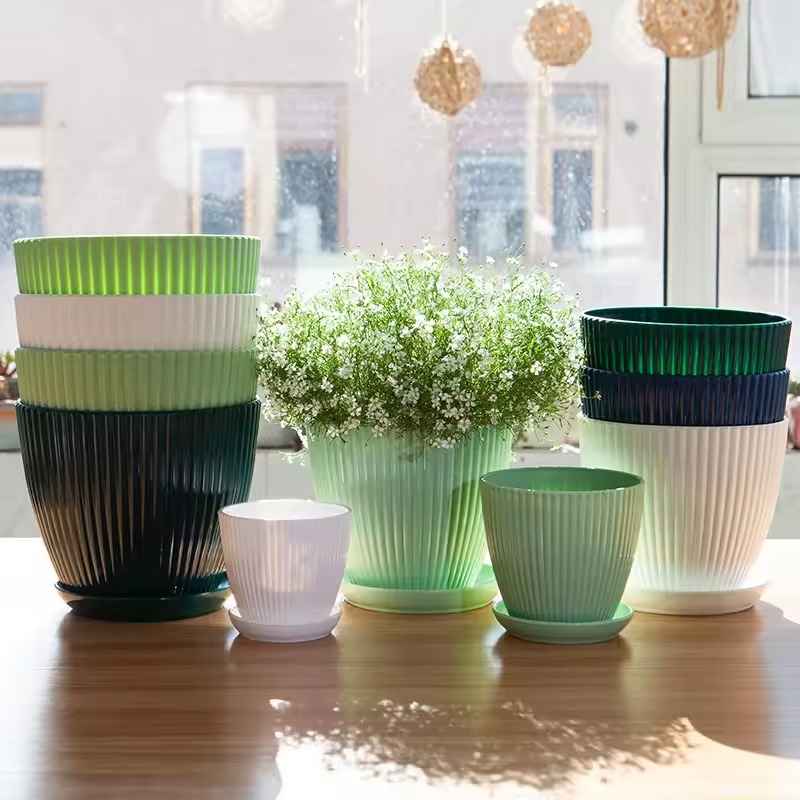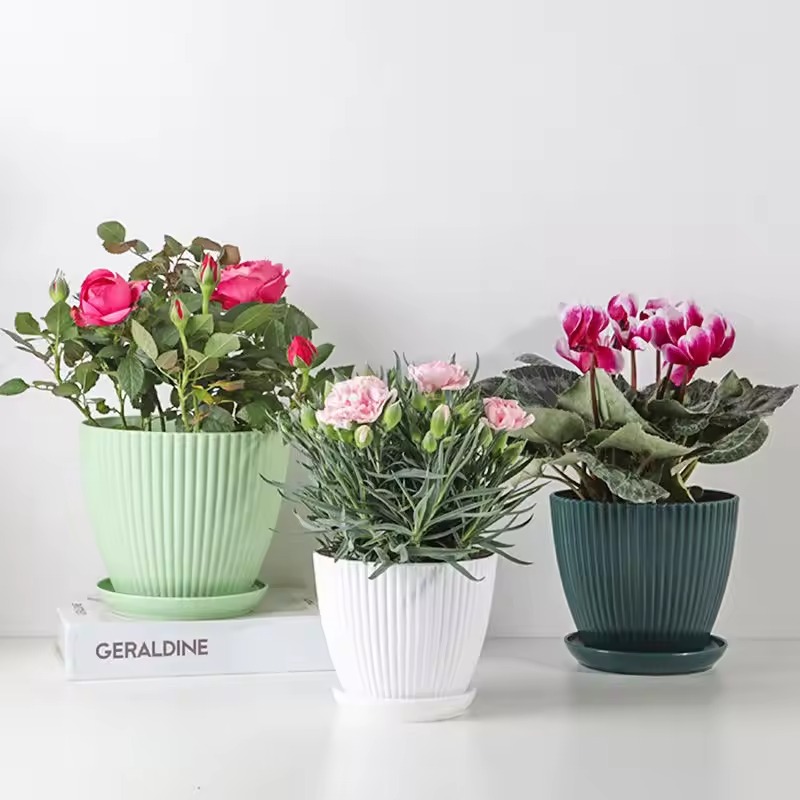Types of Bird Deterrents for Gardeners
Protecting your flower pots from birds involves a variety of strategies. Each method serves different types of environments and targeting specific bird behaviors.
Physical Barriers: Mesh Netting and Enclosures
One of the most effective ways to keep birds out of flower pots is using physical barriers. Mesh netting can cover larger areas, preventing birds from accessing plants. Enclosures such as cages or screens can protect individual pots or small garden patches. Ensure these barriers are well secured to withstand weather conditions while allowing light and air to reach the plants.
Chemical Repellents: Safe and Effective Options
Chemical bird repellents are available, but it’s crucial to choose safe options. Look for non-toxic repellents like methyl anthranilate, a grape-flavored extract that is unpleasant to birds but harmless to other animals and humans. Apply repellents carefully to avoid contaminating the soil or harming the plants.
Natural Deterrents: Plants That Repel Birds
Planting certain species can naturally deter birds. Birds often avoid strong scents, so consider planting herbs like lavender, garlic, and lemongrass. Moreover, certain colors such as white flowers might signal danger to birds, helping to keep them away from your garden spaces.

Implementing Fake Predators
Utilizing fake predators is a creative strategy to deter birds from your garden. These decoys mimic the presence of natural predators, discouraging birds from approaching your flower pots.
Types of Fake Predators and Their Effectiveness
Fake predators come in various forms, from plastic owls and snakes to lifelike falcon figures. Their effectiveness lies in their ability to create a sense of danger for birds. It is important to choose decoys that look realistic to be convincing. Some even come with moving parts or reflective eyes to enhance the illusion.
Be aware, however, that birds can become accustomed to stationary decoys. To maintain effectiveness, frequently change the decoy’s position within the garden. Rotating different types of fake predators can also help.
Placement and Maintenance Tips for Decoys
When placing decoys, ensure they are visible from the air and not obstructed by garden foliage. Elevate them on stakes or hang them from trees for better visibility. Regular maintenance is key to keeping these predators believable. Inspect them for wear and tear, and clean them to maintain their realistic appearance. It’s also recommended to remove them occasionally before reintroducing them to keep birds wary.
The use of fake predators should be part of a broader strategy to keep birds away from your plants. Combining several methods will provide the best protection for your garden’s bounty. By creating an unfriendly environment for birds, you can enjoy the fruits of your labor without sharing them unwillingly.
Safe Use of Ultrasonic Repellers
Ultrasonic repellers offer a safe, high-tech solution for those looking into how to keep birds out of flower pots. These devices emit sounds at frequencies that are unpleasant to birds but not harmful, making them an effective element of bird control strategies.
How They Work and Where to Use Them
Ultrasonic repellers work by emitting sounds at a high frequency, which birds find distressing. These frequencies are often above human hearing range, meaning they don’t cause any disturbance to people. For best results, place these devices near the flower pots you wish to protect. Make sure they face outwardly, covering the area where birds are likely to approach.
Considerations for Using Ultrasonic Devices
Before implementing ultrasonic repellers, it’s important to consider their placement and range. They should be installed so that their sound covers the entire area you’re protecting without affecting the neighboring yards. Check local regulations as some areas may have restrictions on using such devices. Additionally, be mindful of household pets as these sounds could affect them as well.

Alternative Food Sources to Distract Birds
Offering alternative food sources is a humane method to keep birds away from your flower pots. By setting up bird feeders with seeds and other bird-friendly foods, you can attract birds to a particular area of your yard.
Setting Up and Managing Bird Feeders
When you set up bird feeders, place them away from your flower pots. This draws the birds’ attention and lessens the chance they’ll disturb your plants. Choose squirrel-proof models to prevent other pests. Maintain cleanliness around the feeders to avoid attracting rodents.
Benefits of Providing Alternate Food Sources
Providing birds with alternate food sources not only protects your plants but also supports local wildlife. The birds get the nutrients they need without harming your harvest. This balance allows you to enjoy bird watching and a thriving garden.
Using Reflective Items to Deter Birds
Reflective items can effectively deter birds from approaching your flower pots. These objects create visual disturbances that birds find disorienting.
Types of Reflective Materials and Their Uses
Various materials have reflective properties suitable for bird deterrence. Aluminum foil, reflective tape, and old CDs can serve your purpose well. Hang these items around your garden where birds frequently visit. The light reflections unsettle the birds, keeping them at bay.
DIY Reflective Deterrents: How to Make at Home
Creating your own reflective bird deterrents is simple and cost-effective. Cut strips of aluminum foil or reflective tape and tie them to branches or stakes around your flower pots. Additionally, old CDs can be hung from strings to catch the sunlight. Ensure these makeshift reflectors move freely in the wind for maximum effectiveness.

Structural Modifications to Discourage Landing
Adding certain structural modifications can effectively keep birds from landing on your flower pots and garden areas. Here’s how you can incorporate these deterrents into your gardening strategy.
Adding Spikes and Other Physical Obstacles
Installing spikes or similar obstacles is a straightforward method to prevent birds from landing and nesting in areas where they can damage plants. Here are various options:
- Commercial Bird Spikes: These are available at most home improvement stores and can be easily installed along the edges of pots.
- Homemade Spikes: For a DIY approach, place uncooked skewers or chopsticks in the soil, pointing upwards to make it uncomfortable for birds to land.
- Wires or Strings: Stretching nylon wires or strings above your flower pots can hinder birds from accessing the soil.
These physical barriers discourage birds from settling down in your garden without causing them harm.
Practical Tips for Installing and Maintaining Spikes
To get the most out of spikes and similar structures, here are some tips for installation and maintenance:
- Ensure Stability: Securely install spikes so they aren’t easily dislodged by wind or the birds themselves.
- Regular Checks: Periodically check and maintain the integrity of these installations to ensure they continue to function properly.
- Combine Methods: Use spikes in conjunction with other deterrents like reflective items or netting for maximum effect.
By implementing these physical obstacles, you can protect your garden from birds in a way that is both effective and non-harmful to the birds.
